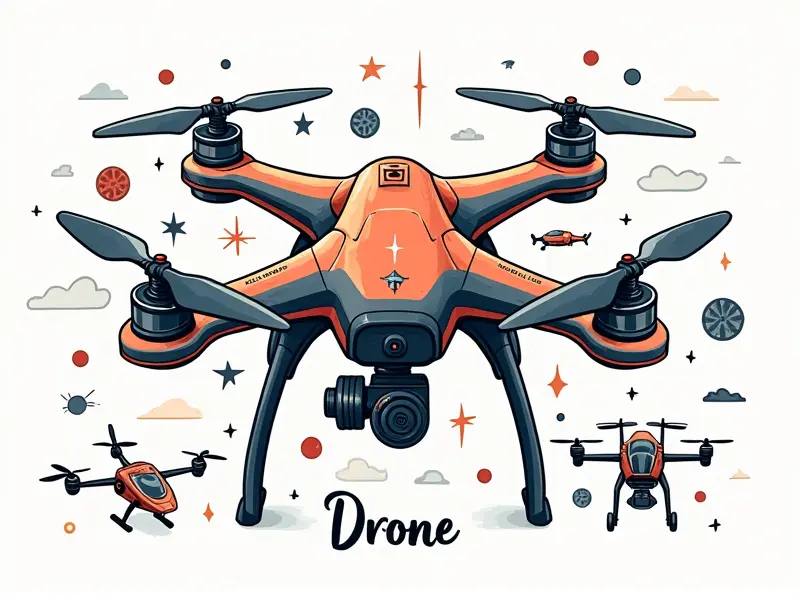Long-exposure drone shots

Mastering Long-Exposure Drone Photography
Long-exposure drone photography is a captivating technique that allows photographers to capture stunning images of the night sky, motion blur, and intricate details often missed by standard camera settings. This article delves into the nuances of long-exposure photography with drones, providing tips and techniques for creating breathtaking aerial shots.
Stunning Night Sky with Drone Long Exposure
Capturing the beauty of the night sky is a favorite among drone photographers. By using long exposure settings, you can reveal stars, planets, and even meteor showers in stunning detail. To achieve this, ensure your drone has a stable camera mount to prevent vibrations that could blur the image.
Capture Motion with Drone Long Exposures
Long exposures are ideal for capturing motion in dynamic scenes such as flowing waterfalls or bustling city streets at night. By extending the exposure time, you can create smooth, silky effects that highlight movement and add a sense of tranquility to your images.
Secrets of Stunning Long-Exposure Drone Images
The key to stunning long-exposure drone photos lies in understanding how light interacts with different elements. Experiment with various shutter speeds, ISO settings, and aperture values to find the perfect balance for your scene. Additionally, using a remote trigger or timer can help you avoid camera shake during longer exposures.
Creating Artistic Effects with Drone Long Exposure
- Motion Blur: Use long exposure times to create motion blur effects in moving subjects like cars or water. This technique adds a dynamic element to your photos, making them more engaging and visually appealing.
- Light Trails: Capture the trails of lights from vehicles driving through an area at night. The resulting images can be both mesmerizing and artistic, showcasing the beauty of urban landscapes in a unique way.
Top Techniques for Drone Long Exposure Photos
To enhance your long-exposure drone photography skills, consider these top techniques:
- Bracketing: Take multiple shots at different exposure levels to ensure you capture the best possible image. This technique is particularly useful in challenging lighting conditions.
- HDR Photography: Combine several long-exposure images with varying exposures to create a high dynamic range (HDR) photo, which can reveal details in both bright and dark areas of your scene.
Enhance Your Drone Photography with Long Exposure
Long exposure is not just about capturing the night sky; it's also an excellent way to add depth and texture to daytime scenes. For example, you can use long exposures during sunrise or sunset to create soft, ethereal effects in your images.
Light Painting Aerials Using Your Drone
Light painting involves illuminating a scene with artificial light sources while taking a long exposure photo. With drones, this technique becomes even more creative and versatile. Use LED lights or other portable lighting equipment to paint intricate patterns in the sky.
Capture Star Trails with Your Drone
Star trails are one of the most visually striking results from long-exposure drone photography. To capture star trails effectively, set up your drone on a tripod and use a remote shutter release or timer to avoid vibrations. Aim for clear skies away from light pollution.
Advanced Long Exposure with FPV Drones
First-person view (FPV) drones offer an exciting new dimension to long-exposure photography by allowing you to fly your drone in real-time through a video feed. This capability opens up opportunities for unique angles and perspectives that are difficult or impossible to achieve otherwise.
Creatin Motion Blur in Drone Shots
Motion blur is another captivating effect achievable with long exposures. By moving the drone during the exposure, you can create dynamic images that convey movement and energy. Experiment with different speeds and directions for varied results.
Conclusion
Mastering long-exposure drone photography requires patience, practice, and a keen eye for detail. Whether you're capturing star trails, light painting aerials, or motion blur effects, the possibilities are endless. By understanding the principles of exposure and experimenting with different techniques, you can elevate your drone photography to new heights.

